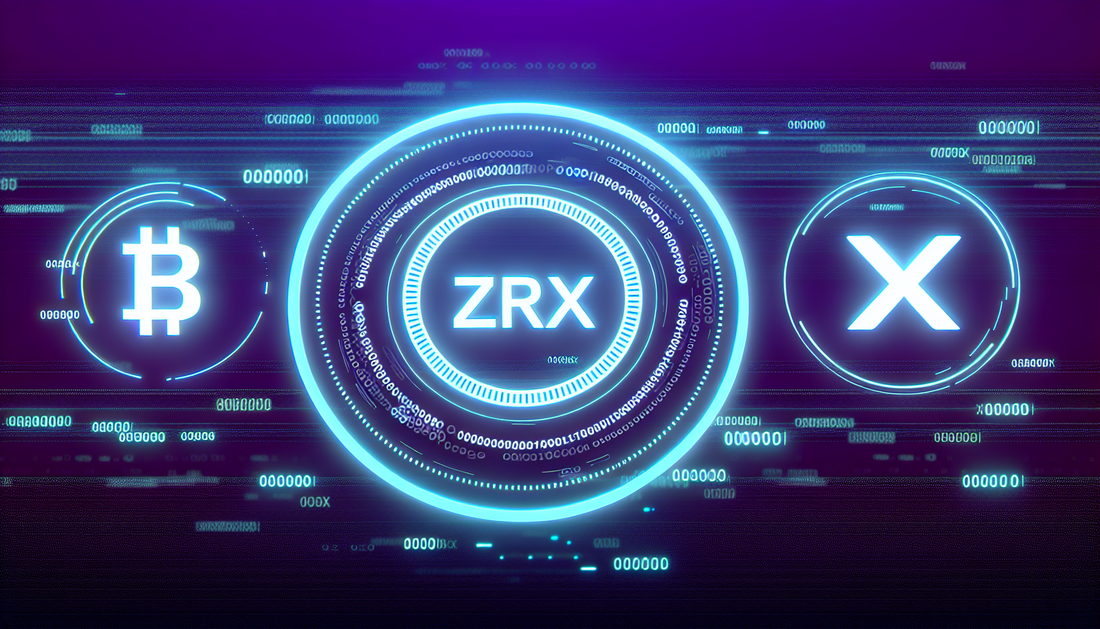
Data-Driven Success in the 0x Protocol
Share
Unlocking Insights: Analyzing Data Within the 0x Protocol
The 0x Protocol is a versatile and adaptable framework designed to enable the decentralized exchange of crypto assets. At its core, 0x leverages the Ethereum blockchain to facilitate peer-to-peer trading. One of the primary components driving the functionality and success of the 0x Protocol is data – a critical asset that influences not just the execution of trades but also governance and scalability.
Data in the 0x Protocol is utilized in two significant ways: trade execution and governance. On the execution side, transaction data ensures smooth trades between peers by providing accurate and reliable information required to complete trades without centralized intermediaries. The protocol’s open architecture allows developers to build on top of it, employing data to create tailored solutions that meet specific market needs. This adaptability often raises questions of security and efficiency, similar to the concerns addressed by Ethereum's Layer 2 solutions.
From a governance perspective, data is central to decision-making processes within the 0x ecosystem. Decision-making mechanisms rely heavily on the analysis of trading volumes, user engagement, and transaction patterns. This data informs stakeholders and community members who participate in governance through ZRX tokens. Such decentralized governance models are discussed further in systems like Rally, highlighting diverse governance possibilities within decentralized ecosystems.
The importance of data extends into areas such as security and scalability – it helps 0x diagnose and respond to challenges that might arise from increasing transaction loads. Surveillance of transactional data supports fraud detection and ensures the protocol's integrity by identifying anomalies that could indicate security breaches.
Additionally, data analytics tools are pivotal in providing feedback that developers use to optimize functionalities, enhancing user experience, and ensuring reliability even as the network scales. This aspect of scalability is reminiscent of innovations within the Optimism Layer-2 solution.
In conclusion, data underpins the effective running of the 0x Protocol. By analyzing and applying data strategically, it remains a robust service that meets user expectations for a decentralized exchange. As the blockchain sphere grows, this reliance on data-driven methods marks the future trajectory of decentralized applications, paving the way for enhanced interactions and more efficient systems far beyond just trading.
